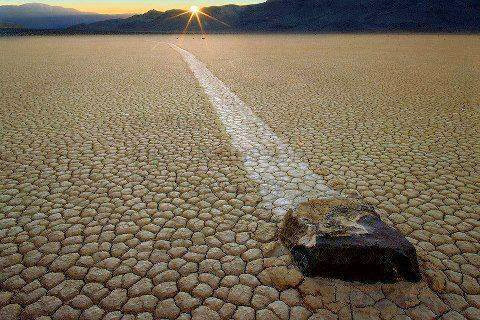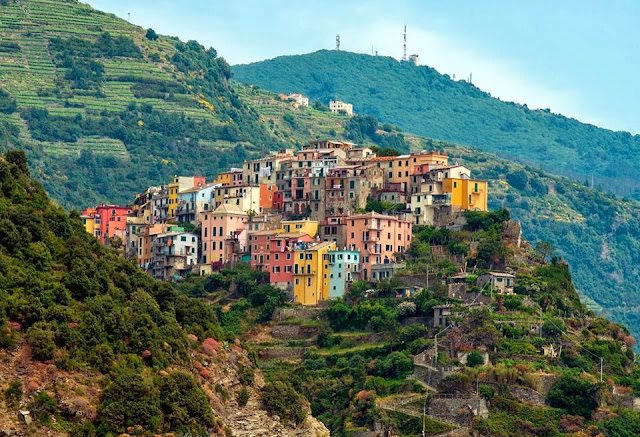Shale has the spotlight for now. But there’s another, lesser-known substance with the potential to yield even greater quantities of natural gas: methane hydrate.
+
Hydrates consist of a lattice-like structure of frozen water molecules and methane. On the surface, they look like an ordinary block of ice. But when you hold a match to them, they burn—a visual cue signaling methane release.
+
“A lot of geoscientists are fascinated by hydrates because of how odd it is that you can take methane gas and add water and have it result in something with such a concentrated store of energy,” said Peter Flemings, a member of the Energy Department’s methane hydrate advisory committee and professor at the department of geological sciences at the University of Texas (Austin).
+
Hydrates form when methane and water combine under cold temperatures in a relatively high-pressure environment and are commonly found in arctic regions or in shallow sediments below relatively deep water along the outer continental shelf.
+
The Energy Information Administration estimates that hydrates contain more carbon than every fossil fuel available on Earth combined. EIA also reports that these ice-like structures could hold anywhere from 10,000 trillion to more than 100,000 trillion cubic feet of natural gas. By way of comparison, the administration, which acts as the independent statistical arm of the Energy Department, said in 2013 that there are just over 7,000 trillion cubic feet of technically recoverable shale gas deposits throughout the world.
+
All this potential isn’t lost on the administration. DOE has been conducting research into methane hydrates on and off since the 1980s and recently re-upped its commitment to understanding the substance with an announcement last month that it plans to pour close to $5 million into funding for research projects exploring the potential energy source and how it could be extracted.
+
“We know that methane hydrates hold vast potential as a future energy resource,” said Ray Boswell, the program manager on methane hydrates for the department’s National Energy Technology Lab, said. “We’ve gotten past the question of does this substance really exist and is it available, and now we’re really working to figure out how much of it is in a condition to where we can realistically consider it a part of our future energy reserve, and we’re working towards that.”
+
When asked if methane hydrates stand to play a role in the president’s all-of-the-above energy strategy, Boswell replied: “Yes, absolutely.”
+
There are risks inherent in the extraction of natural gas from hydrates, however.
+
Since hydrates are typically found in shallower regions than shale gas deposits, one concern is that drilling into the substance could trigger ground surface collapse.
+
“If you drill a hole five feet down and remove a large amount of material, there are more odds of the ground caving in than you would have if you drill 10,000 feet down,” Flemings said.
+
Another frequently cited concern is that methane, a powerful greenhouse gas, could leak out during extraction.
+
Boswell insists, however, that the potential for unintended methane gas release is no higher with methane hydrates than with shale rock formations.
+
“That’s a common misconception,” he commented. “But the risks associated with hydrates are very similar to the risks that are dealt with and managed every day by the oil and gas industry in the process of drilling for natural gas in shale.”
+
Don’t expect natural gas production from hydrates to get off the ground in the U.S. anytime soon, however. As long as shale gas remains so readily available, there is no real incentive to commercialize the technology.
+
“At the end of the day, producing natural gas from hydrates is still much more expensive than shale gas or other conventional methods,” Flemings said.
+
But the costs incurred to extract shale gas have dropped dramatically over the past decade, and so, too, could the price of technology needed to grab gas from methane hydrates. If that day comes, a tidal wave of fossil fuels will flood the American energy landscape.






























